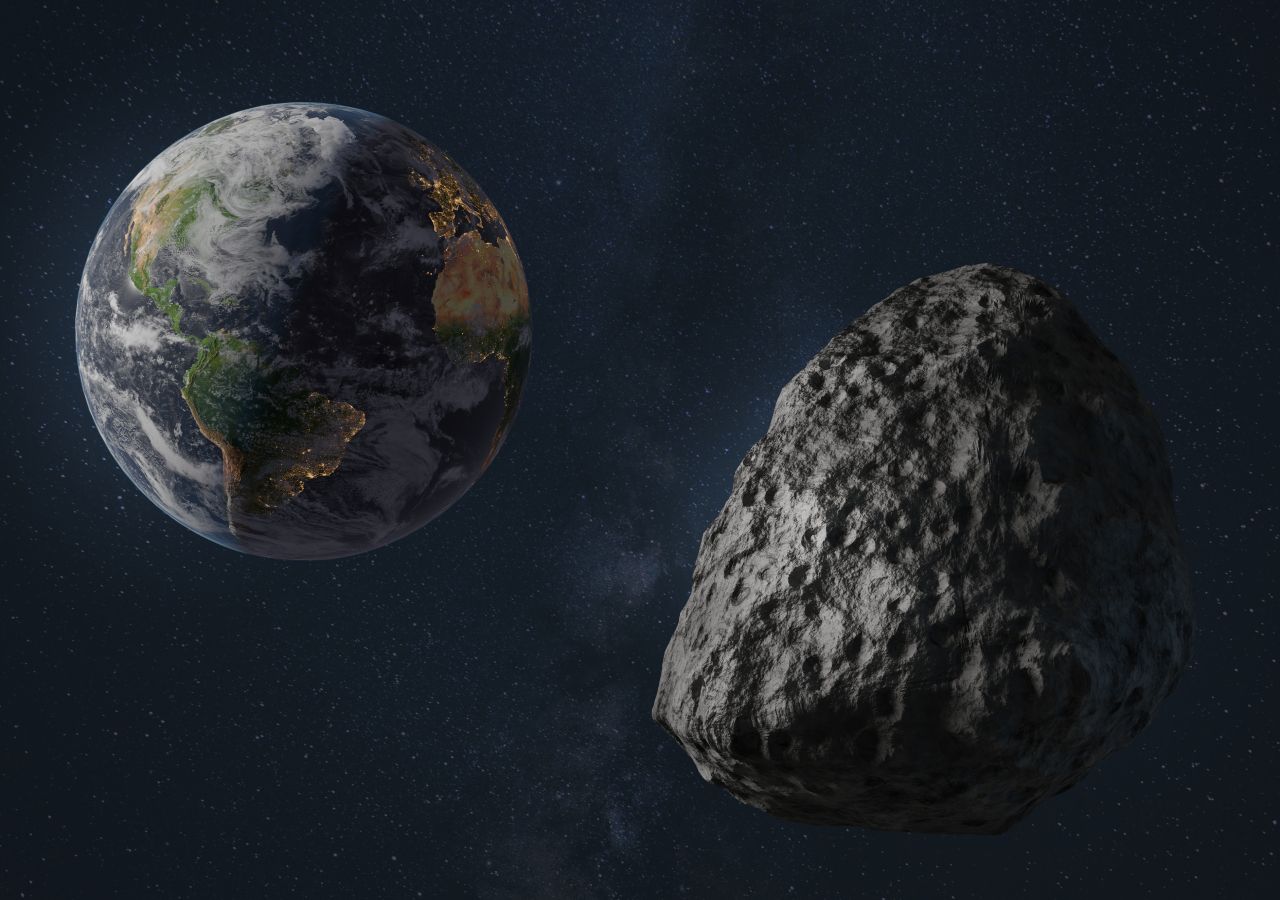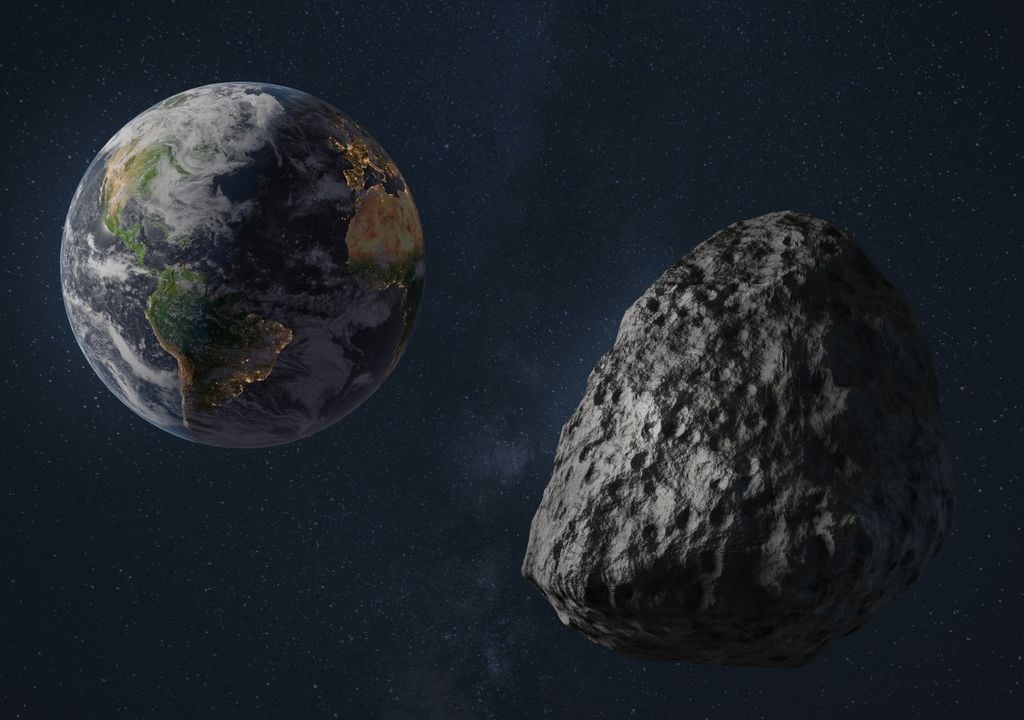ESA prepares for close encounter with nearly 400m asteroid due to pass Earth in 2029


Thirty years ago, on July 16, 1994, astronomers witnessed the stunning collision of Comet Shoemaker-Levy 9 with Jupiter.which generated a lot of interest in planetary defense and raised the question: “Can we prevent a similar event on Earth?”
ESA’s Space Safety Programme is taking an important step to answer this question. The program has been cleared to begin preliminary work on its next planetary defense mission, the Apophis Rapid Space Security Mission (Rameses).
Ramses’ goal is to rendezvous with and observe asteroid 99942 Apophis during its close but safe passage past Earth in 2029. Scientists will study the asteroid because our planet’s gravity affects its physical properties, increasing our ability to protect our world from similar threats in the future.
Characteristics and history of Apophis
Asteroid Apophis, about 375 meters in diameter and comparable to a cruise ship, will pass less than 32,000 kilometers from Earth on April 13, 2029.This proximity will allow about 2 billion people in Europe, Africa and parts of Asia to see it with the naked eye in clear, dark skies.
Previously considered the most dangerous asteroid known, any chance of Apophis 99942 colliding with Earth within the next 100 years has since been ruled out.
But its flyby of Earth in April 2029 will be one of the rarest space events in our lifetime.
10 facts pic.twitter.com/YTmBVYHUx5
ESA Operations (@esaoperations) June 19, 2024
Astronomers have ruled out any risk of Apophis colliding with Earth, at least in the next century. However, its passage in 2029 is a rare event. Large objects like Apophis only come close to Earth once every 5,000 to 10,000 years.
When Apophis was discovered in 2004, initial observations indicated a small chance of colliding with Earth in 2029, 2036, or 2068. The impact could be devastating, so the asteroid was named after the Egyptian god of chaos and destruction.
By comparison, a total solar eclipse occurs somewhere on Earth about every 18 months, and Halley’s Comet reappears every 76 years. The 2029 Apophis flyby will capture the world’s attention, providing a unique opportunity for research. science, planetary defense and public engagement.
Ramses’ Mission
Ramses spacecraft to meet Apophis before it passes Earth and will control how Earth’s gravity deforms and changes the asteroid.
To match Apophis’ approach, Ramses would launch in April 2028 and arrive in February 2029, two months before the flyby. ESA gets go-ahead to begin mission preparations immediatelyusing existing resources. The final decision on full participation in the mission will be taken at the ESA Ministerial Council meeting in November 2025.

Equipped with a series of scientific instruments, Ramses will conduct extensive pre- and post-flight studies of Apophis’ shape, surface, orbit, rotation and orientation.These studies will help understand the asteroid’s response to gravitational forces and provide valuable data on its composition, structure, cohesion, mass, density and porosity.
Understanding these properties is critical to determining the best methods to deflect a hazardous asteroid. Moreover, since asteroids are relics of the early solar system, Ramses’ discoveries will contribute to our knowledge of the formation and evolution of the solar system.
